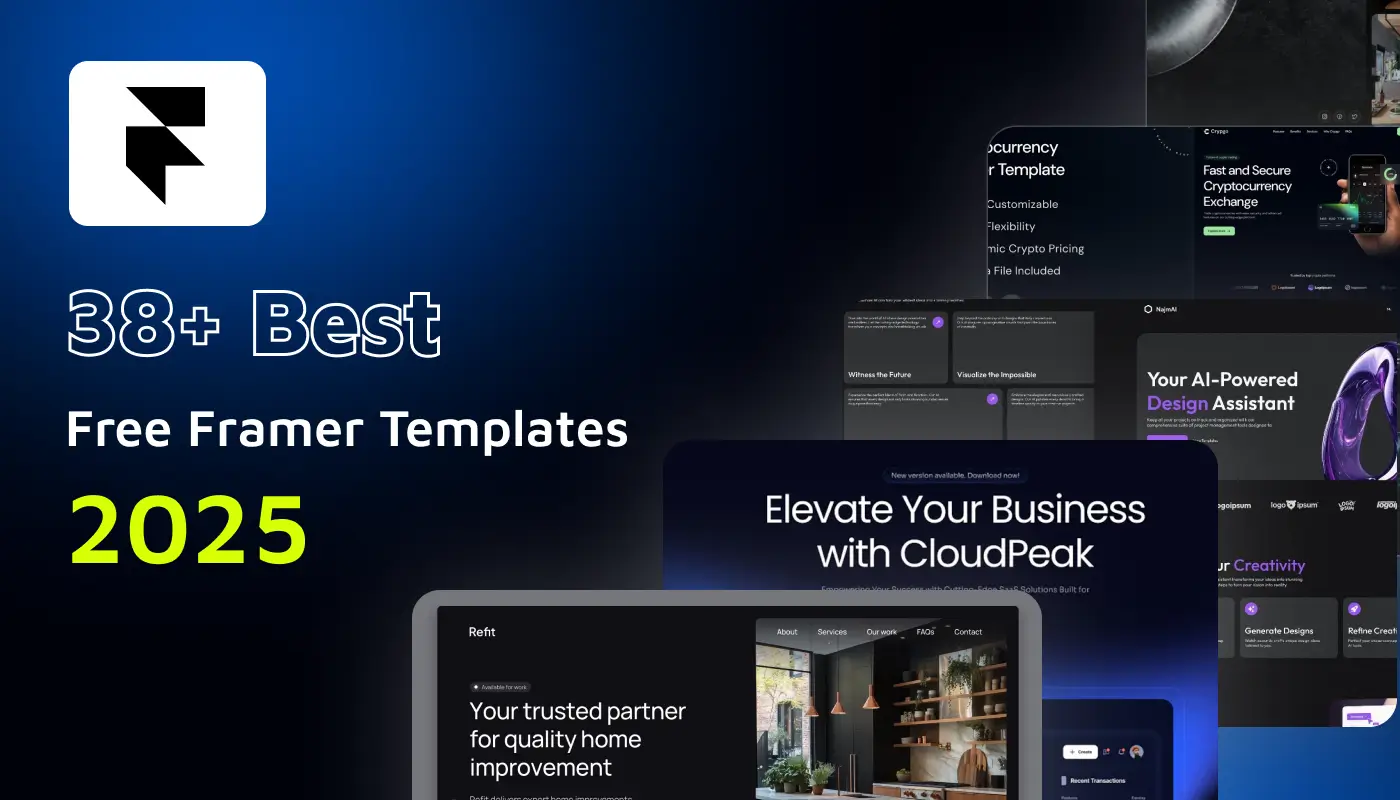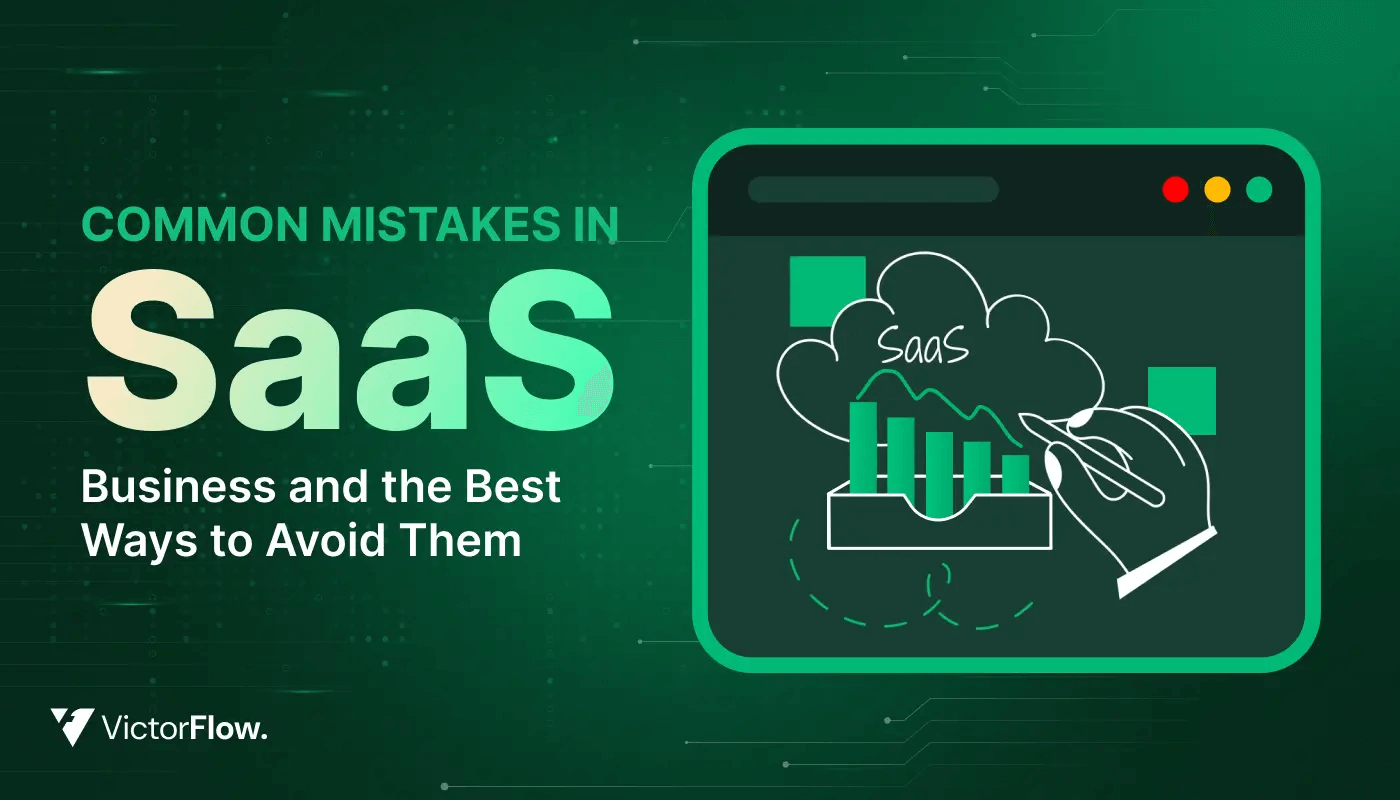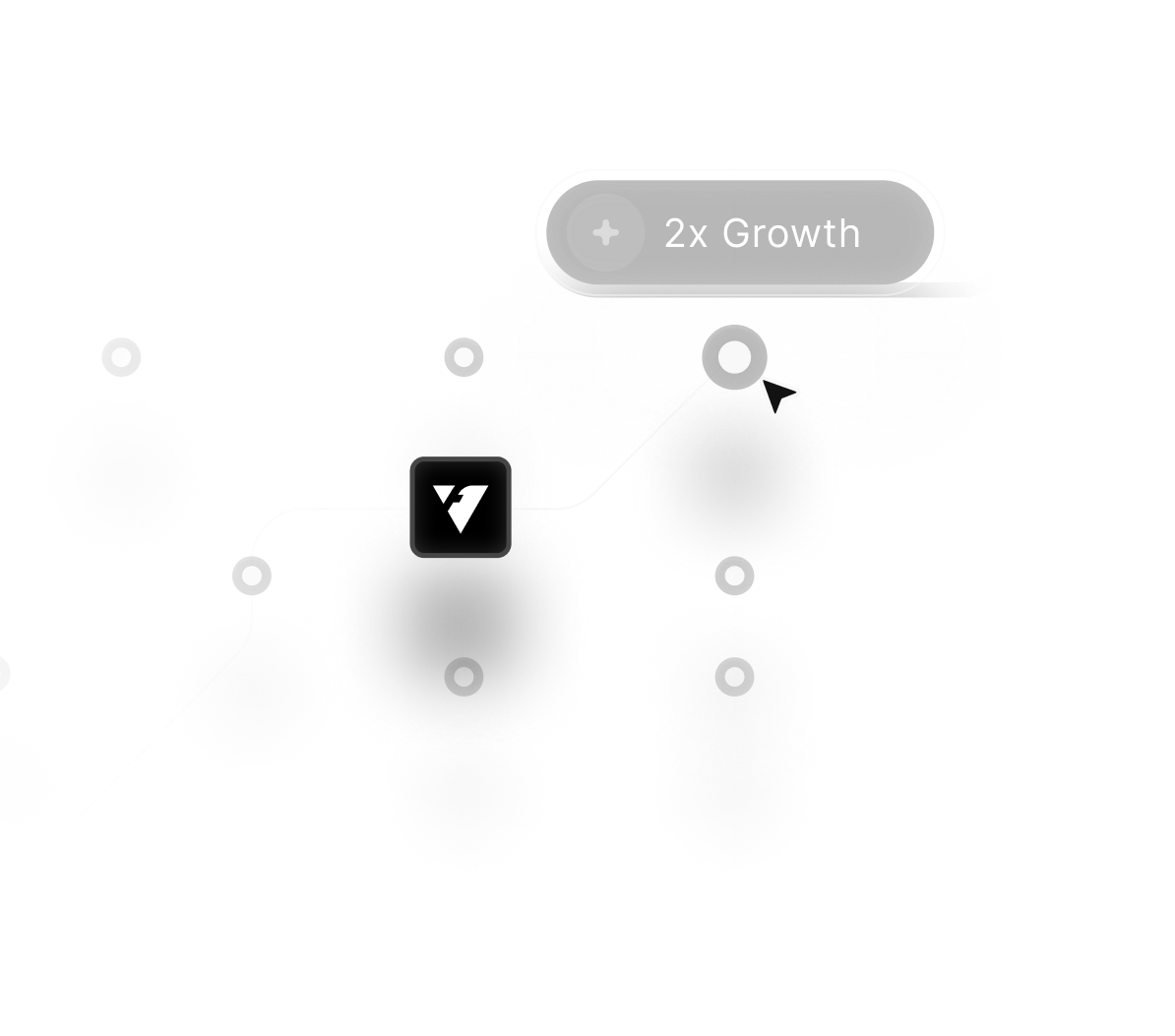October 9, 2025
Webflow vs Bubble: Comparison of Both No-code Tools in 2025

No-code tools have transformed how websites and apps are built in today’s digital world. Design, functionality, and scalability remain key areas when choosing the right platform.
Webflow focuses on creating visually stunning websites with user-friendly interfaces. Bubble allows for complex workflows, database management, and app-building capabilities.
Each tool serves a different purpose depending on the project’s goals and scope size. Users can benefit from exploring templates, plugins, and community support available online.
Comparing features helps businesses pick tools that align with their technical needs. Evaluating costs and learning curves ensures smarter decisions for long-term project success.
"Gain clarity on which tool suits your needs best.
Access expert advice for free now."
Table of Contents
- What Is Webflow?
- What Is Bubble?
- Webflow vs Bubble: An Express Evaluation
- User-Friendliness and Interface Insights
- Comparison of Bubble and Webflow Pricing Structures
- Apps & Integrations Accessible
- Comparing SEO Capabilities
1. What Is Webflow?
Webflow stands as a platform for web design and development, enabling users to fashion responsive websites, including e-commerce stores, all without the need for coding expertise.
- The platform boasts a visual interface tailored for both design and seamless custom code integration.
- Additionally, Webflow extends its capabilities to include hosting, e-commerce support, and tools for incorporating interactive elements and animations.
With its versatility, Webflow addresses a diverse user base, accommodating everyone from novices to seasoned designers and developers. Its notable strength lies in its ability to bridge the gap between design and development, making it a preferred choice across the spectrum of expertise.

2. What Is Bubble?
Bubble serves as a no-code platform honing in on web application development and the creation of dynamic websites.
Users harness its power to craft applications driven by databases, complete with functionalities like user authentication, intricate workflows, and sophisticated logic, all achievable without the need for conventional coding skills.
It caters to individuals seeking to construct interactive, data-focused web apps, all without delving into code writing.
Through its array of visual development tools and robust integrations with third-party services, Bubble places emphasis on functionality over design, providing a playground for those focused on building feature-rich, data-centric applications.

3. Webflow vs Bubble : An Express Evaluation
While Webflow and Framer share similarities in their service offerings, Webflow and Bubble diverge in their purposes. Here's a brief breakdown highlighting their differences and what each platform brings to the table.
Webflow
- Design and Development Focus: Webflow excels in website creation, offering a visual interface tailored for designing various sites, including e-commerce platforms.
- Ideal for Designers: Catering to those seeking design control, it's accessible to both beginners and seasoned developers.
- Custom Code Capabilities: Users have the flexibility to incorporate their own code when necessary.
- E-commerce Support: Suited for crafting online stores complete with essential features like shopping carts and seamless payment processing.
- Hosting Services: Webflow provides hosting solutions, allowing users to directly deploy their websites on their servers.
Bubble
- Web applications: Bubble specializes in crafting web applications, empowering users to develop database-centric applications featuring user accounts, intricate workflows, and sophisticated logic.
- Data management: Renowned for its adeptness in handling data, Bubble excels in applications involving user-generated content and interactions.
- No-code approach: Tailored for individuals steering clear of coding, Bubble enables the creation of intricate functionalities without any coding requirement.
- Integrations: Offering seamless connectivity with third-party services and APIs, Bubble facilitates the incorporation of external tools and data into your application.
- Functionality emphasis: While design customization is possible, Bubble places a premium on functionality, prioritizing robust features over intricate design elements.
still an intersection between the two services. While Webflow primarily concentrates on websites, it's capable of building web apps. As seasoned Webflow experts, we developed our Six Star app—an internal tool for project management and customer relationships. Webflow harnesses data and integrations similarly to how Bubble can engage designers for visual project aspects.
In essence:
Opt for Bubble when building a web app. Choose Webflow for crafting websites.

4. User-Friendliness and Interface Insights
In the world of no-code, not knowing how to code isn't a direct shortcut. Understanding the underlying logic and thinking algorithmic is still essential in creation.
Speaking of Bubble and Webflow, neither platform is a walk in the park. While Webflow might seem straightforward for crafting single-page sites or basic setups for individuals and small enterprises, delving into complex projects demands a learning curve.
Webflow's primary tool, the Webflow Designer, encompasses everything from design to development and upkeep of your website.
On the flip side, the Webflow Editor allows direct on-site content editing and management of CMS items by adding "?edit" to your site's URL.

Let's explore the left-side menus in both Webflow Designer & Bubble to delve into their user interfaces and provide an insight into what each offers.
Webflow Designer menu breakdown:
- Add Element: Effortlessly include diverse web page elements like text, images, buttons, and forms.
- Components: Create and reuse design elements consistently across multiple pages.
- Navigator: Hierarchical overview for organizing and selecting elements.
- Pages: Manage individual page designs, including interactions and transitions.
- CMS: Construct and oversee dynamic content such as blog posts, products, and templates.
- Logic: Set up user interactions and workflows based on events and actions.
- Users: Manage user authentication, registration, and access control.
- E-commerce: Handle products, shopping carts, and online store payment processing.
- Apps: Integrate third-party services for extending website functionality.
- Assets: Upload and manage media files like images, videos, and documents.
- Settings: Configure project settings covering SEO, custom code, and domains.
- Site Activity: Track project changes and actions for team collaboration and monitoring.
My initial impression of the Bubble interface was a bit disorienting; it took some time to adapt. Designing felt more intuitive, yet embracing a developer mindset was essential to navigate this tool comfortably.
I appreciated the app assistant feature in Bubble, especially for newcomers, streamlining the app-building process through simple queries and color adjustments.
The underlying message is clear: streamline design essentials swiftly to dive into actual app development.

The sheer range of design options available within this development tool caught me off guard. It was a delightful addition to find features catering to responsive design as well.

Here's an analysis of the main options found in the left menu:
Design
In Bubble's Design section, you wield visual control over your web application's user interface. It's the canvas for arranging elements like text, buttons, and forms—defining the overall look and user experience of your app's front end.
Workflows
The Workflows section, you sculpt the logic and functionality of your web application. These workflows dictate the actions triggered by user interactions—such as defining what occurs when a button is clicked, data is submitted, or a user logs in.
Data
The Data section serves as the hub for managing your application's database. Here, you create data types, outline fields, and input records—an integral step in organizing and storing essential information like user profiles, content, or product data.
Styles
Styles are your tool for maintaining a cohesive visual identity throughout your app. You can personalize elements, from fonts to colors and spacing, ensuring a harmonious and appealing design across your application.
Plugins
Bubble's Plugins section presents a variety of add-ons to enhance your app's functionality. Here, you can explore, install, and manage these pre-built extensions, which streamline integration with third-party services, introduce advanced features, or amplify the user experience.
Settings
The Settings section is the control center for configuring various aspects of your Bubble project. It encompasses privacy rules, domain settings, API keys, and other global configurations that influence your app's operations.
Logs
Logs compile a history of your app's activities and user actions. Monitoring logs assists in troubleshooting, tracking user interactions, and gaining insights into your app's performance—particularly beneficial for debugging and refining functionality.
5. Comparison of Bubble and Webflow Pricing Structures
Webflow and Bubble offer free plans, albeit with different limitations and constraints. Despite these boundaries, they provide ample resources to kickstart your journey and familiarize yourself with these tools. Let's delve into a brief overview of these free offerings.
Webflow Pricing
Webflow pricing is complex. It’s divided into two big groups of plans, one for people who want to build and host a site and the other for in-house teams, freelancers, and agencies. If you’re on your own, you can get away with the lowest hosting (site) plan, which costs $14 a month.
If you want to use the workspaces along with their various collaborative features, you’ll need to consider using one of the workspace plans besides the hosting package.

Bubble Pricing
At first glance, I assumed Bubble's pricing plan was more straightforward compared to Webflow's. However, I found out otherwise.
Bubble's initial plan breakdown includes:
- Free
- Starter
- Growth
- Team
- Enterprise

Plans offers distinct features, and it's crucial to carefully assess which aligns best with your project's size. A noteworthy observation is that the more expensive plans provide a greater number of app editors, fostering collaborative work.
For instance, opting for the Team plan allows you to have 5 app editors, a notable increase from the free version, which only allows a single app editor.
Significant factor is the monthly workload units. While the exact meaning may not be clear, it serves as a metric for gauging how much computational power your app requires from Bubble.
The free plan permits 50k monthly workload units, while the Team plan offers a substantial 10x increase.
In the event that your app surpasses these allocated units, it's worth noting that additional workload units can be purchased as needed.

6. Apps & Integrations Accessible
Referring to available apps and Webflow integrations, I'm considering anything added externally to the primary tools, and both Webflow and Bubble offer an array of these options. Let's begin with Webflow.
Currently, Webflow accommodates hundreds of integrations, linking to popular services like HubSpot, Shopify, Stripe, Mailchimp, and many others. Most of these connections are user-friendly to set up, yet leveraging them for more intricate functionalities within Webflow might necessitate coding skills and a deep understanding of the integrated service.
Continually enhancing their services, Webflow actively introduces new methods, including in-house and third-party apps. Take, for instance, the new Apps section, where users can explore a variety of apps categorized under:
Content management, Content design, Customer service, Customer engagement, Development, Security, E-commerce, Booking, Marketing Automation, Analytics, Productivity, Language...
Overall, this selection provides a gamut of useful apps designed to assist in constructing and managing your marketing website.
7. Comparing SEO Capabilities
Webflow is renowned for its robust built-in SEO features and its design tailored to web design and SEO integration. It offers a more straightforward pathway for implementing SEO best practices. Put simply, if your primary site objective is to attract visitors via search engines like Google, Webflow stands as the preferred choice.
Let's explore some key SEO features provided by Webflow:
- Built-in SEO Tools: Webflow excels in offering comprehensive built-in SEO tools. These include options for optimizing your website through meta titles, descriptions, alt tags for images, URL customization, and sitemap creation.
- Clean HTML and CSS: Webflow generates well-structured and semantically meaningful HTML and CSS, a significant advantage for SEO as search engines favor such code structures.
- Speed and Performance: With a hosting infrastructure geared for rapid loading times, Webflow emphasizes speed, further enhanced by the option to enable Content Delivery Network (CDN) hosting for faster page loading.
- 301 Redirects: Essential for maintaining SEO rankings during URL changes or content migrations, Webflow supports the setup of 301 redirects.
- Structured Data and Rich Snippets: Implementing structured data and schema markup via Webflow enhances how your content appears in search engine results, potentially boosting click-through rates.
- Responsive Design: Webflow's focus on responsive design ensures mobile-friendliness, a crucial factor in Google's search algorithm.
Additionally, a wealth of dedicated content, such as the Webflow SEO guide and technical Webflow SEO guide, focuses specifically on optimizing SEO for Webflow sites. Moreover, specialized services cater to providing SEO solutions for Webflow-hosted sites.
Conclusion
The first step in selecting the best no-code solution is to thoroughly comprehend the advantages of each platform. Webflow excels in design freedom while Bubble shines in creating data-driven applications.
Templates and integrations support faster project delivery and scalability options. Learning resources help users adapt quickly and manage projects more efficiently.
Pricing plans vary, so businesses should assess features before making a commitment. Implementing an informed decision gives users the confidence to create, start, and expand their initiatives.
In 2025, no-code platforms continue to redefine how ideas become digital solutions quickly.

FAQ
1. Which tool is easier for beginners, Webflow or Bubble?
Webflow is more beginner-friendly for visual design, while Bubble requires learning workflows.
2. Can I build complex applications using Webflow?
Webflow is best for websites and landing pages, whereas Bubble handles complex apps better.
3. How does pricing compare between Webflow and Bubble?
Webflow’s pricing suits smaller projects, while Bubble’s plans accommodate advanced app needs.
4. Which platform offers better templates and plugins?
Webflow provides a wide selection of templates, while Bubble offers plugins for advanced functionality.
5. Is it possible to integrate third-party services on both platforms?
Yes, both tools support integrations like payment gateways, analytics, and CRM systems.
6. How scalable are Webflow and Bubble for growing businesses?
Webflow handles smaller sites well, while Bubble’s structure supports scaling and data-heavy apps.
Table of Contents
Choose Our Service, Grow Fast!
Follow Us
Related Posts

Explore 38+ free Framer templates for 2025 with updated designs. Create beautiful, fast, and fully cloneable websites that are SEO-friendly and easy to customize.
Framer’s marketplace offers over 2,000+ modern and fully customizable templates, making it easy to find the perfect starting point for your next website. This list highlights the #1 selected 38+ Free Framer templates for 2025, all handpicked for quality and performance."


December 5, 2025
Impactful hero videos guide viewers through energy and storytelling, while static imagery excels in simplicity, fast loading, and instantly communicating core brand value.
Impactful hero videos guide viewers through energy and storytelling, while static imagery excels in simplicity, fast loading, and instantly communicating core brand value.


Avoid costly SaaS errors with our guide to common mistakes and proven tips to boost product adoption, increase revenue, and enhance overall customer success.
Avoid costly SaaS errors with our guide to common mistakes and proven tips to boost product adoption, increase revenue, and enhance overall customer success.

Ready to Scale Your Project to the Next Level?
Let's take your project to new heights, reach out and see how we can help you.




















